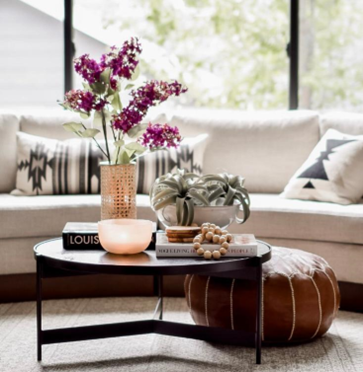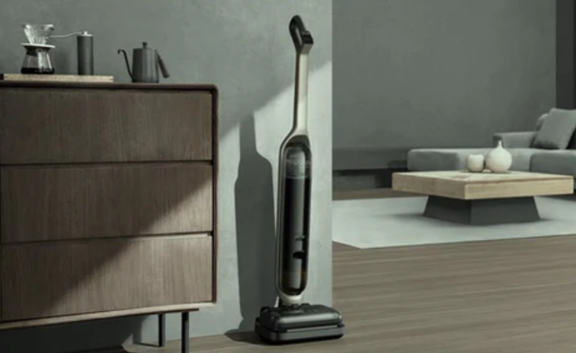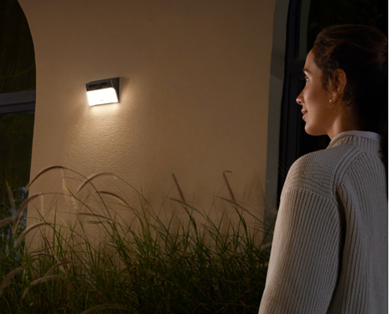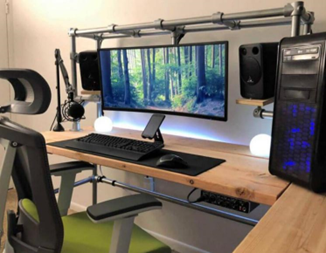A coffee table is more than just a landing pad for your morning coffee; it is a central piece in your living room that can tie together your decor while serving several practical purposes. From providing a convenient place to set down drinks, remote controls, or magazines to offering extra storage or even serving as a footrest, picking the right coffee table can be a game-changer. If you're wondering how to choose a coffee table, this blog will guide you through finding the perfect table that meets your needs without compromising on aesthetics.
Why Function Should Be Your First Priority
Understanding Your Living Space Needs
Before diving into styles and designs, assess the primary needs your coffee table must fulfill. Are you looking for a table that offers storage for everything from books to board games? Perhaps you need a piece that can act as a dining spot for casual meals or a work-from-home station. Consider the daily activities that occur in your living room and identify the functional gaps that a coffee table could fill.
Choosing Functional Features
Once you understand your needs, look for functional features. Tables with built-in storage, adjustable heights, and additional shelving can offer practical solutions. Lift-top coffee tables are great for multi-purpose use, transforming from a standard table to a desk or dining surface. Look for sturdy materials and robust builds that can withstand heavy use, especially if your home is bustling with children or pets.
Balancing Style with Practicality
Selecting a Style That Complements Your Decor
Functionality doesn’t mean you have to sacrifice style. Coffee tables come in endless styles, from rustic to modern, minimalistic to elaborate. Choose a design that complements your existing decor. For a cohesive look, match the table’s aesthetic with key elements of your room, such as your sofa’s material or the colors in your rug. A well-chosen coffee table can anchor your design and elevate the entire space.
Incorporating Design Without Sacrificing Function
While style is crucial, don’t let it outweigh practical benefits. Opt for materials that offer both beauty and durability, like tempered glass, wood, or metal. Patterns and finishes, like a marble top or a distressed wood finish, can add visual interest without compromising usability. Consider shape and size too. Round tables without sharp edges are safer for children, while rectangular tables provide more surface area. Balance is key to blending form with function for a piece that’s both beautiful and practical.
Step-by-Step Guide to Choosing the Right Coffee Table
Measure Your Space
Start by measuring the available space. Ensure there’s adequate room for movement around the coffee table, typically allowing at least 18 inches between the table and surrounding furniture. Measure the height of your sofa to choose a table with a complementary height. A table that’s too high or too low can disrupt the room’s flow and usability.
Define Your Priorities
Start by listing your top priorities, balancing both functionality and style, and rank them based on importance. For instance, consider whether storage is more essential than an eye-catching design, or if durability should take precedence over a trendy finish. This prioritized list will help you make more informed decisions, streamlining your process and quickly narrowing down the best options for your needs.

Research and Compare Options
Explore a variety of coffee table options, both online and in-store, to find the best fit for your space. Carefully consider each table's dimensions, materials, and any additional features such as storage or cable management. Comparing these options based on your unique needs and preferences, while also reading customer reviews, will help you assess durability, practicality, and overall value.
Set a Budget
Before starting your coffee table search, it’s essential to determine your budget range. Prices can vary greatly depending on the materials, design, and brand. Setting a clear budget helps streamline your options and prevents overspending. Keep in mind that while higher-quality tables may be more expensive, they can serve as a long-term investment, offering both durability and timeless style.
Conclusion
Choosing a coffee table involves finding the right balance between function and style. If you're wondering how to choose a coffee table, start by understanding your living space needs, selecting functional features, and incorporating design without compromising practicality. Measure your space, define your priorities, research diligently, and set a budget to make an informed decision. The perfect coffee table awaits you, ready to become the centerpiece of your beautifully orchestrated living space.
FAQ
What size coffee table is best for a small living room?
For a small living room, choose a coffee table that is proportional to the size of your furniture. Ideally, the table should be about two-thirds the length of your sofa. Consider compact designs or tables with built-in storage to save space.
How can I make my coffee table more functional?
To enhance functionality, opt for tables with features like lift-tops for extra surface area, built-in drawers or shelves for storage, and nesting tables that provide flexibility. Adding trays or baskets can also help organize items and keep the table top clutter-free.
Is it okay to choose a coffee table based solely on style?
While style is important, choosing a coffee table solely based on looks can lead to regret if it doesn’t meet your practical needs. Prioritize finding a balance where the table is both functional and stylish, ensuring it suits your lifestyle and enhances the room’s decor.






